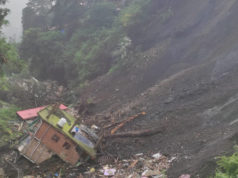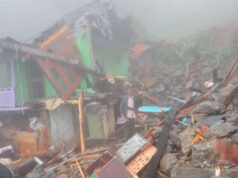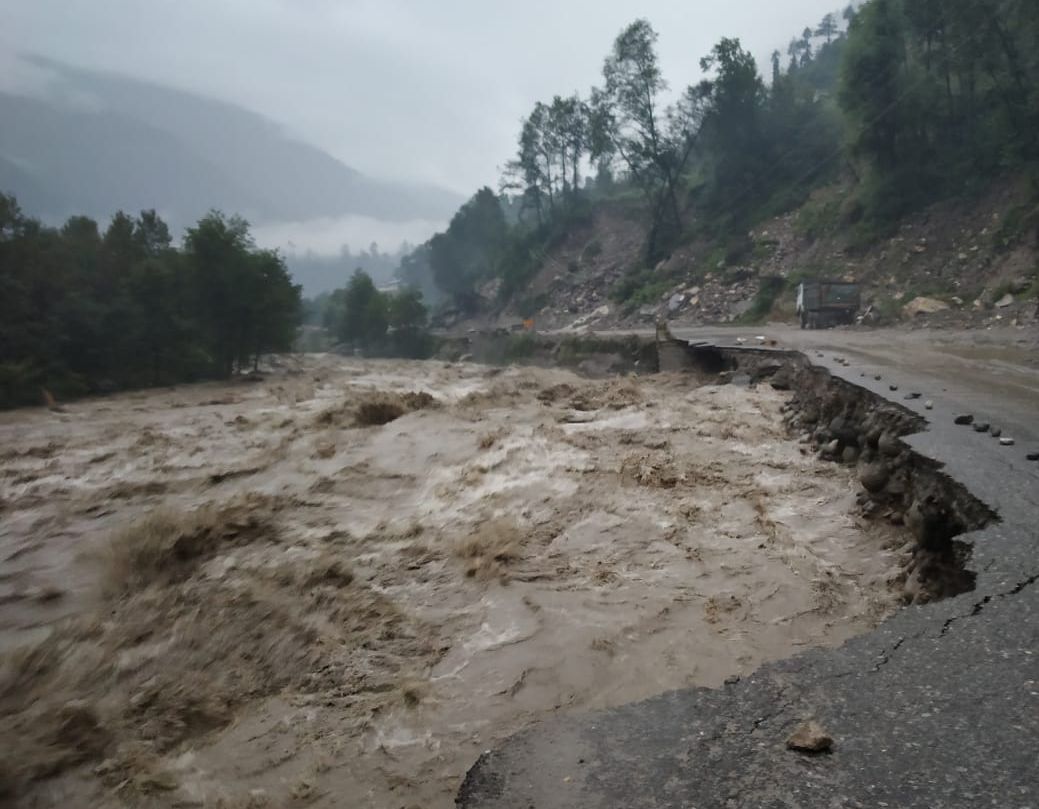Shimla — In a significant move to enhance safety and minimize the impact of natural disasters, the Himachal Pradesh government has implemented new construction regulations that mandate a greater distance between buildings and water bodies. According to the new rules, all new constructions in the state must maintain a minimum distance of 5 meters from drains and 7 meters from ravines and rivers. These guidelines, now published in the official gazette, have come into immediate effect.
Previously, the construction norms required a distance of only 3 meters from drains and 5 meters from ravines and rivers. However, the devastating monsoon season of last year, which caused severe damage to over three thousand buildings situated near rivers and nullahs, prompted the state government to revise these regulations. The recent monsoon season has once again resulted in significant loss of life and property, particularly in the districts of Chamba, Kullu and Shimla, further underscoring the need for these stricter guidelines.
The decision to enforce these new rules follows a public consultation process, during which the government sought objections and suggestions from the citizens of Himachal Pradesh. The overwhelming consensus highlighted the necessity of stricter construction norms to prevent future calamities.
These regulations will also apply to those areas where water flow is seasonal or where drains are typically dry. To ensure proper enforcement, authorities will refer to revenue records to identify and classify these zones.
The revised construction norms are part of a broader initiative by the Himachal Pradesh government to enhance disaster preparedness and reduce the risks posed by natural calamities. By increasing the required distance between buildings and water bodies, the government aims to safeguard both lives and properties from the frequent landslides and floods that affect the region.
These measures are necessary steps toward responsible urban planning in a state that is highly susceptible to environmental challenges. However, some concerns have been raised about the potential impact on land availability for construction, particularly in densely populated areas.














